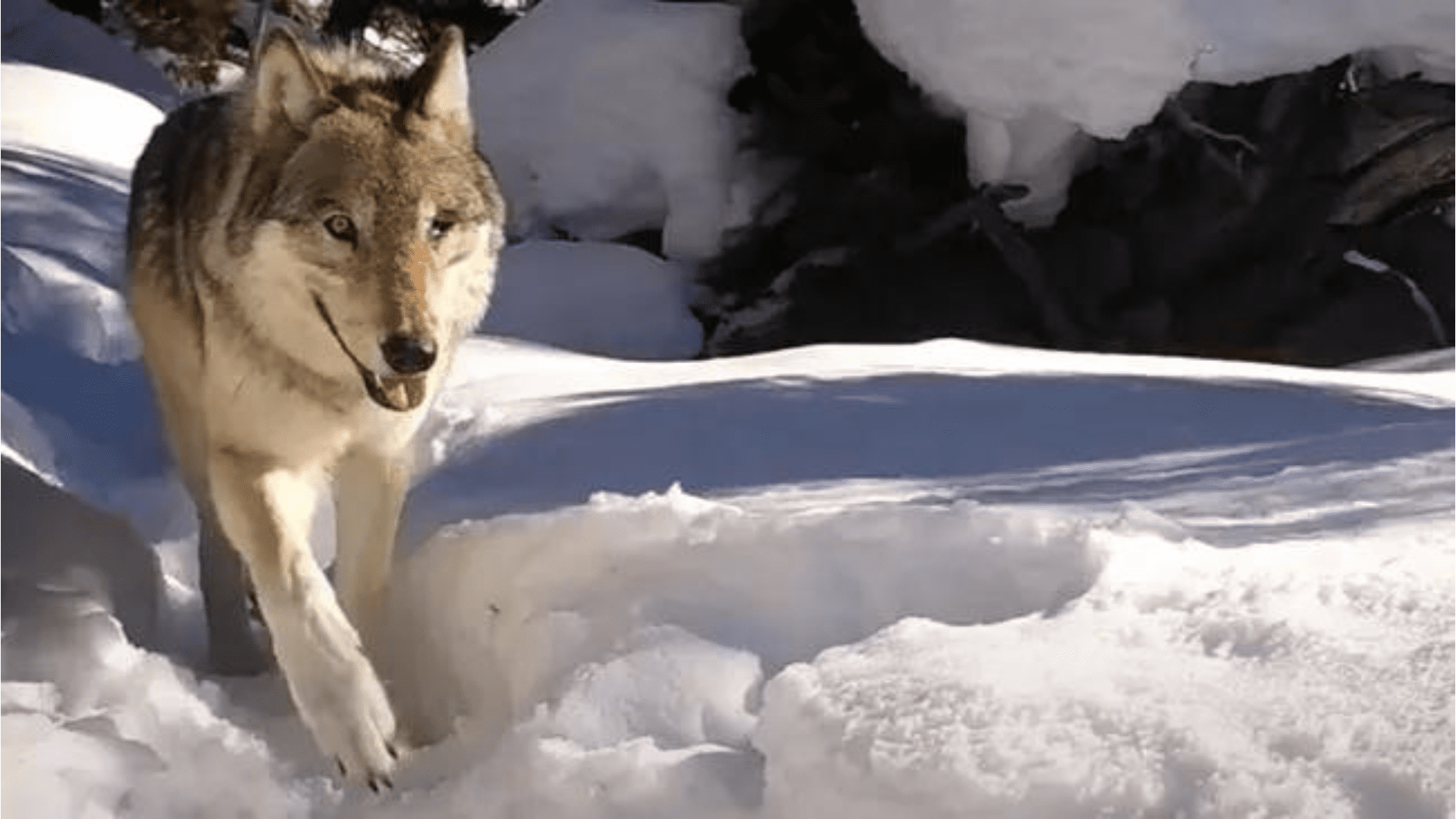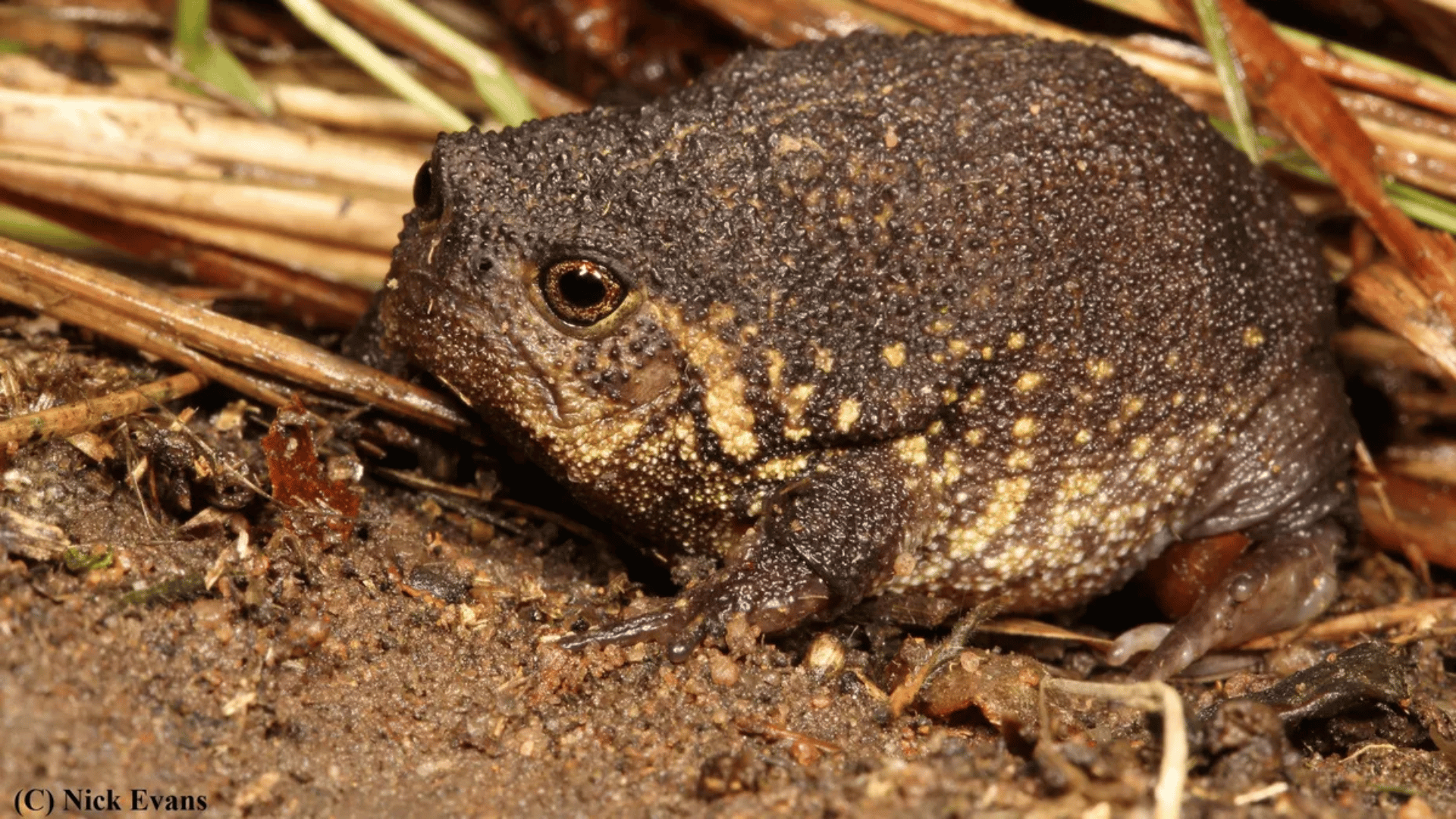AN elder Gray Wolf set a Yellowstone National Park record after defying odds and having a litter of pups at the age of 11. On average, a gray wolf has three to four years of life.
The Alpha

Because gray wolves have three to four years of lifespan, they rarely live until 11 years old, let alone have a litter. The one-eyed female wolf alpha, named Wolf 907F, gave birth last month to 10 pups. Every year for the last decade, Wolf 907F has given birth to a litter. According to research assistant at the Yellowstone Wolf Project Kira Cassidy, it’s likely a record for the wolves at Yellowstone National Park.
In an interview with Live Science, Cassidy said, “Every day, I expect that she might die just because she is so elderly, but I’ve been thinking that for the last few years, and she keeps going.”
Cassidy calculated that only about 1 in 250 wolves in Yellowstone live to see their 11th birthday. There have been only six examples of this since 1995 when wolves were reintroduced into the park. According to the National Parks Service, the oldest elders lived until 12.5 years old.
Wolf 907F
Wolf 907F is the oldest wolf to have lived in Yellowstone National Park for its whole life. While there is more prey in the park, there is also more competition. Wolves rarely die of old age in Yellowstone, where the biggest threat is other wolves.
“In a protected place like Yellowstone, their number-one cause of death is when two packs fight with each other,” Cassidy said. “That accounts for about half of the mortality.”
Explore Tomorrow's World from your inbox
Get the latest science, technology, and sustainability content delivered to your inbox.
I understand that by providing my email address, I agree to receive emails from Tomorrow's World Today. I understand that I may opt out of receiving such communications at any time.
Wolf 907F is the alpha of the Junction Butte pack. This pack is relatively big, with up to 35 members at any given time. Typically, an average wolf pack has around 12 members. This is one of the reasons why Wolf 907F can live out her elder years. A larger pack reduces the risk of dying in a territorial fight with other wolves. Her age is also a benefit as her experience gives the elder an edge in fights.
Cassidy said, “Packs that have elderly wolves are much more successful in those pack-versus-pack conflicts because of the accumulated knowledge and the experience that they bring to that really stressful situation.” Outside of battle, the female alpha is savvy, and her pack rarely leaves the Yellowstone border. What makes Wolf 907F even more impressive is that she does it all with one eye. Researchers don’t know what happened, but since before she was 4, her eye was small and shrunken. Cassidy said, “You would never know [when] watching her.”

The Litter
As the female alpha gets older, she tends to hang around the pack’s pups and takes a back seat during hunts. Cassidy and her team counted three pups in her current litter. This is a small litter compared to the average of four or five pups, but it’s not surprising. According to a study of Yellowstone pups in the journal of Animal Ecology, litter size declines with age.
“The fact that 907 is still having pups is amazing, and her litter being small is expected given that she is so old,” Cassidy said.







